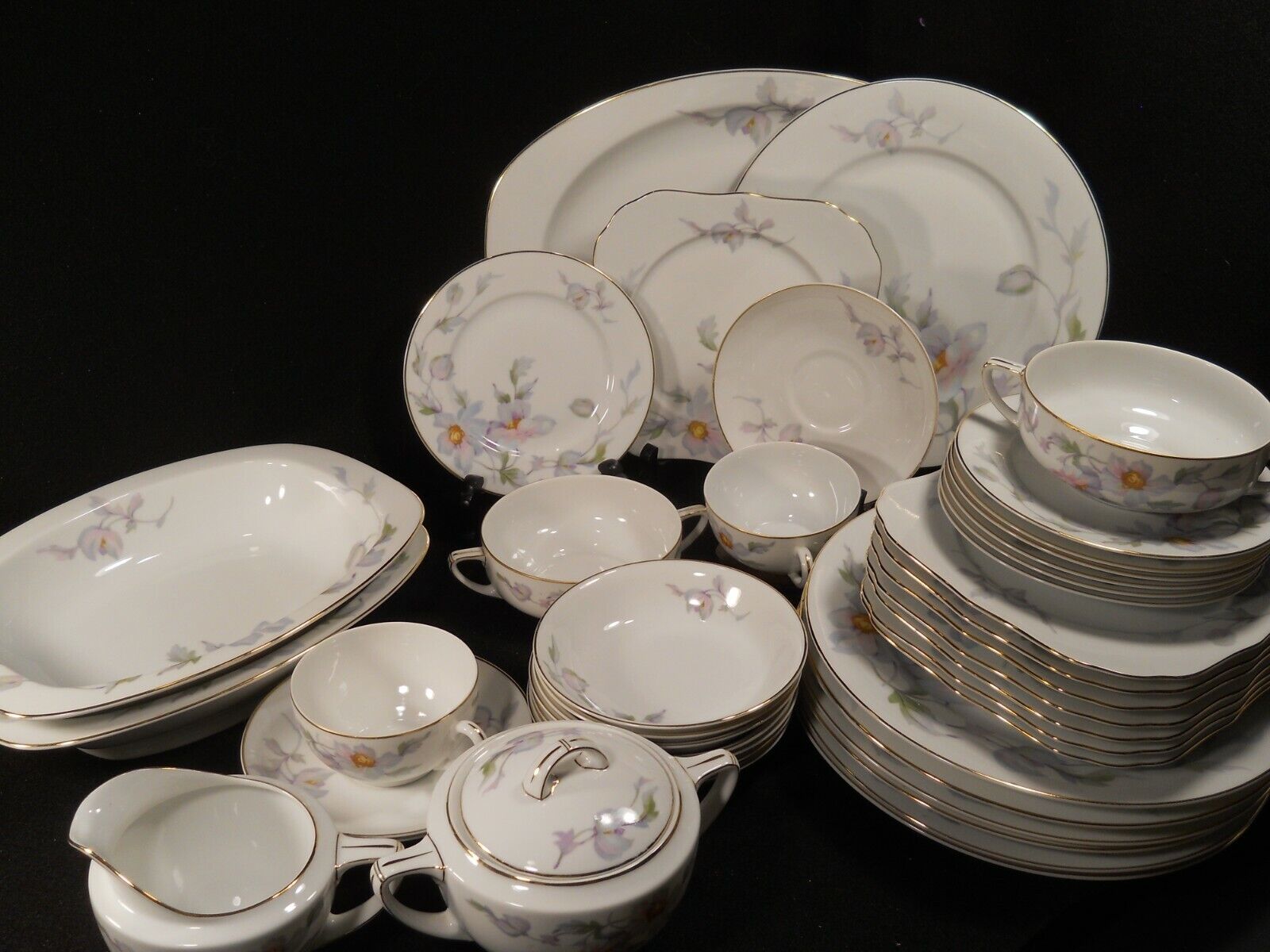

Articles
How To Store Fine China
Modified: February 26, 2024
Learn how to properly store your fine china with our helpful articles. Protect your investment and preserve the beauty for years to come.
(Many of the links in this article redirect to a specific reviewed product. Your purchase of these products through affiliate links helps to generate commission for Storables.com, at no extra cost. Learn more)
Introduction
Fine china is a delicate and valuable possession that requires proper storage to ensure its longevity and beauty. Whether you have inherited a set of heirloom china or invested in a collection of exquisite dishes, it is essential to store them correctly to protect them from damage and deterioration. In this article, we will provide you with a comprehensive guide on how to store fine china, ensuring its preservation for years to come.
When it comes to storing your fine china, there are several factors to consider. The choice of storage space, preparation of your china, and the methods of wrapping, stacking, and organizing all play a significant role in ensuring its safety. Additionally, adding extra protection, labeling, and documentation can help you easily locate and identify your pieces when needed.
By following the steps outlined in this article, you can rest assured that your cherished fine china will be stored correctly, maintaining its impeccable condition and sentimental value. Let’s dive into the details of each step and learn the best practices for storing your fine china.
Key Takeaways:
- Proper storage of fine china involves choosing a cool, dry space, wrapping each piece in acid-free tissue paper, and organizing them carefully to prevent damage. Labeling and documenting your collection ensures easy retrieval and preservation.
- Maintaining and cleaning your fine china, even while in storage, is crucial for preventing damage and preserving its beauty. Regular inspection, gentle cleaning, and dust prevention are essential practices to maintain the longevity of your cherished collection.
Choosing a Storage Space
When it comes to storing fine china, selecting the right storage space is crucial. You want to choose an area that is cool, dry, and free from extreme temperature fluctuations. Avoid locations that are prone to high humidity or excessive heat, as these conditions can damage the delicate materials.
An ideal storage space for fine china would be a cabinet or a dedicated shelf in a room with controlled temperature and humidity levels. If possible, avoid storing your china in basements or attics, as these areas are more susceptible to temperature and moisture changes.
If you don’t have a suitable storage area in your home, consider using climate-controlled storage. Many professional storage facilities offer climate-controlled units that maintain stable temperature and humidity levels, providing an optimal environment for fragile items like fine china.
When choosing a storage container or cabinet, make sure it is clean, sturdy, and has enough space to accommodate your china pieces comfortably. Opt for shelves or racks that allow you to stack your dishes vertically, avoiding any unnecessary pressure on them.
It is also advisable to keep your fine china away from other heavy or sharp objects that could potentially cause damage. Choose a space where the dishes won’t be jostled or knocked over easily to minimize the risk of accidents.
Remember, the goal is to protect your fine china from any potential harm while keeping them easily accessible. Taking the time to choose the right storage space lays the foundation for preserving your cherished pieces for years to come.
Preparing Your Fine China
Before storing your fine china, it is important to properly prepare the pieces to minimize the risk of damage. Here are the steps to follow:
- Inspect for Damage: Carefully examine each piece of your fine china for any existing damage, such as chips, cracks, or stains. It’s best to address any repairs or cleaning needs before storage.
- Clean Thoroughly: Clean your china pieces thoroughly using mild dish soap and warm water. Avoid abrasive sponges or harsh chemicals that may scratch or damage the delicate surface. Dry each piece completely before proceeding to the next step.
- Separate the Pieces: Separate different types of china, such as plates, bowls, cups, and saucers, to avoid stacking them together. This will prevent any friction or scratching between the pieces during storage.
- Remove Any Extras: Remove any detachable extras, such as handles, lids, or decorations, and store them separately. This reduces the risk of these parts getting damaged or causing damage to other pieces during storage.
- Use Acid-Free Tissue Paper: Wrap each piece of china individually with acid-free tissue paper. This protective layer will help prevent scratches and provide a cushioning effect.
- Avoid Plastic Materials: Avoid wrapping your fine china in plastic or bubble wrap, as these materials can trap moisture and potentially lead to damage over time. Stick to using acid-free tissue paper for optimal protection.
By following these preparation steps, you will ensure that your fine china is clean and adequately protected before storing. Taking the time to prepare your china properly will help maintain its beauty and integrity throughout its time in storage.
Wrapping Individual Pieces
Wrapping each individual piece of your fine china is an essential step in protecting it from scratches, chips, and other damage during storage. Here’s how to properly wrap your china:
- Start with Acid-Free Tissue Paper: Place a piece of acid-free tissue paper on a clean, flat surface. This will serve as the base layer for wrapping your china.
- Center the Piece: Carefully place the china piece in the center of the tissue paper. Make sure it is properly aligned and positioned before proceeding.
- Wrap It Neatly: Bring the corners of the tissue paper up and over the piece, making sure to cover it completely. Gently fold the excess tissue paper over the edges to create a secure wrap.
- Secure with Tape: If needed, you can secure the tissue paper wrap with acid-free tape to prevent it from coming undone during storage. However, be cautious not to tape directly on the china surfaces, as it may leave a sticky residue or damage the finish.
- Repeat for Each Piece: Repeat these steps for each individual piece of fine china, including plates, bowls, cups, saucers, and any other components. Ensure that each piece is wrapped and secured properly.
- Label Fragile Pieces: If you have particularly fragile or delicate china pieces, consider adding an extra layer of protection. Wrap these pieces in an additional layer of bubble wrap before wrapping them in tissue paper. Be sure to label these pieces as “fragile” for extra caution during handling.
By wrapping each piece of your fine china individually, you create a protective barrier that helps prevent scratches, chips, and other damage. The use of acid-free tissue paper ensures that the wrapping materials will not cause harm to the china’s surface. Remember to handle each piece with care to avoid any accidental drops or impacts during the wrapping process.
When storing fine china, use acid-free tissue paper to wrap each piece individually to prevent scratching and chipping. Place the wrapped pieces in a sturdy, stackable storage container with a tight-fitting lid to protect them from dust and breakage.
Stacking and Organizing
Proper stacking and organizing of your fine china is crucial to maximize space efficiency and minimize the risk of damage. Here are some guidelines to follow:
- Choose a Sturdy Surface: Select a clean and sturdy surface, such as a shelf or cabinet, for stacking your wrapped china pieces. Ensure that the surface is level and will adequately support the weight of the stack.
- Start with Larger Pieces: Place larger, heavier pieces, such as plates and serving dishes, at the bottom of the stack. This provides a solid foundation for the rest of the pieces and reduces the risk of the stack toppling over.
- Stack Gradually: Add additional layers of wrapped china on top of the base layer, gradually building the stack. Make sure to leave enough space between each layer to avoid any unnecessary pressure or crowding.
- Alternate Direction: When stacking plates or saucers, alternate the direction of each piece to distribute the weight evenly. This prevents the stack from becoming lopsided and reduces the risk of breakage due to uneven pressure.
- Use Plate Dividers: To provide extra protection and minimize the risk of scratches, consider using plate dividers or felt pads between delicate china plates. These dividers act as a cushion and prevent direct contact between the pieces.
- Avoid Overstacking: Be mindful of the weight and height of the stack. Avoid overstacking to prevent excessive pressure on the bottom pieces, which could lead to breakage. It is better to have multiple stacks or utilize additional storage space if needed.
- Separate with Cloth: If you have stacked multiple layers of china, consider placing a clean and soft cloth or a layer of acid-free tissue paper between the stacks. This provides an additional buffer and minimizes the risk of scratches during storage.
By following these stacking and organizing guidelines, you can ensure that your fine china is stored securely and efficiently. Properly arranging the pieces helps prevent unnecessary pressure or movement, reducing the risk of damage while maximizing the available storage space.
Read more: How To Store China Without A China Cabinet
Adding Extra Protection
While wrapping and stacking your fine china provide a good level of protection, adding extra layers of protection can further safeguard your cherished pieces. Here are some additional measures you can take:
- Use Storage Containers: Consider storing your wrapped china in storage containers specifically designed for delicate items. These containers often feature cushioned dividers or foam padding to provide extra protection during transportation or long-term storage.
- Place Silica Gel Packets: Silica gel packets can help absorb moisture and prevent the formation of mold or mildew. Include a few packets in each storage container to maintain a dry environment for your fine china.
- Avoid Excess Weight: Avoid placing heavy objects on top of your china storage containers, as this can apply unnecessary pressure and potentially cause damage.
- Consider Individual Plate Protectors: For additional protection when storing plates, consider using individual plate protectors made of foam or felt. These specially designed protectors provide an extra layer of cushioning and prevent movement within the storage containers.
- Avoid Direct Sunlight: When choosing a storage location, ensure that it is away from direct sunlight. Prolonged exposure to sunlight can cause fading and discoloration of your fine china.
By adding extra protection measures, you provide an additional layer of security for your fine china against potential external factors. These measures help maintain the longevity and quality of your delicate pieces, ensuring their preservation for years to come.
Labeling and Documentation
Labeling and documenting your stored fine china is an essential step to keep track of your collection and easily locate specific pieces when needed. Here are some tips for effective labeling and documentation:
- Label Each Storage Container: Clearly label each storage container with a description of its contents. Include information such as the type of china, pattern, and any other relevant details to make it easier to identify.
- Use Fragile Labels: If you have particularly fragile or delicate china pieces, consider adding “fragile” labels to the corresponding storage containers. This will serve as a reminder to handle the containers with extra care during retrieval.
- Create an Inventory List: Develop an inventory list or spreadsheet that documents each piece of fine china you have stored. Include details such as the pattern, manufacturer, quantity, and any other pertinent information. This will help you keep track of your collection and ensure nothing gets misplaced.
- Take Photographs: Consider taking photographs of your fine china before storing it. These images will serve as visual references and documentation of their current condition. It can be helpful for insurance purposes or future valuation.
- Record Storage Location: Note down the specific storage location of each storage container in your inventory list or spreadsheet. This will enable you to quickly locate a specific set or piece without having to search through all your stored china.
By labeling your storage containers and documenting your fine china inventory, you create an organized system that facilitates easy retrieval and ensures the preservation of your collection. This step is especially useful if you have a large collection or plan to store your china for an extended period.
Maintaining and Cleaning
Maintaining and cleaning your fine china is critical to preserve its beauty and longevity. Even while in storage, it is important to periodically inspect and clean your pieces to prevent dust buildup and potential damage. Here are some guidelines for maintaining and cleaning your fine china:
- Regular Inspection: Periodically inspect your stored fine china for any signs of damage, such as cracks, chips, or discoloration. By catching and addressing these issues early on, you can prevent further damage and preserve the value of your collection.
- Gentle Cleaning: When cleaning your fine china, use mild dish soap with warm water and a soft sponge or cloth. Avoid abrasive materials that can scratch or damage the delicate surface. Rinse each piece thoroughly and dry them completely before returning them to storage.
- Dust Prevention: Dust is an inevitable part of storage, but it can be detrimental to fine china. Regularly dust the storage area and containers to prevent dust from settling on your china. Consider using dust covers or fabric sheets to minimize dust accumulation.
- Avoid Direct Contact: When handling your stored china, avoid direct contact with your fingers. The natural oils on your skin can transfer onto the china’s surface and leave fingerprints or stains. Wear clean gloves or use tissue paper when handling the pieces.
- Avoid Excessive Handling: Limit how often you handle your fine china to minimize the risk of accidents or damage. Excessive handling increases the chances of dropping or mishandling the pieces, which can lead to breakage.
- Climate Control: If possible, maintain a stable climate control environment in the storage area. Extreme temperature fluctuations and high humidity levels can damage the delicate materials of fine china.
- Monitor for Pests: Keep a watchful eye for any signs of pests, such as insects or rodents, in the storage area. Pests can cause significant damage to your china collection, so take preventative measures and address any infestation promptly.
By regularly maintaining and cleaning your fine china, you ensure that it remains in optimal condition while in storage. These simple yet effective practices help prevent damage and extend the lifespan of your cherished collection.
Frequently Asked Questions about How To Store Fine China
Was this page helpful?
At Storables.com, we guarantee accurate and reliable information. Our content, validated by Expert Board Contributors, is crafted following stringent Editorial Policies. We're committed to providing you with well-researched, expert-backed insights for all your informational needs.


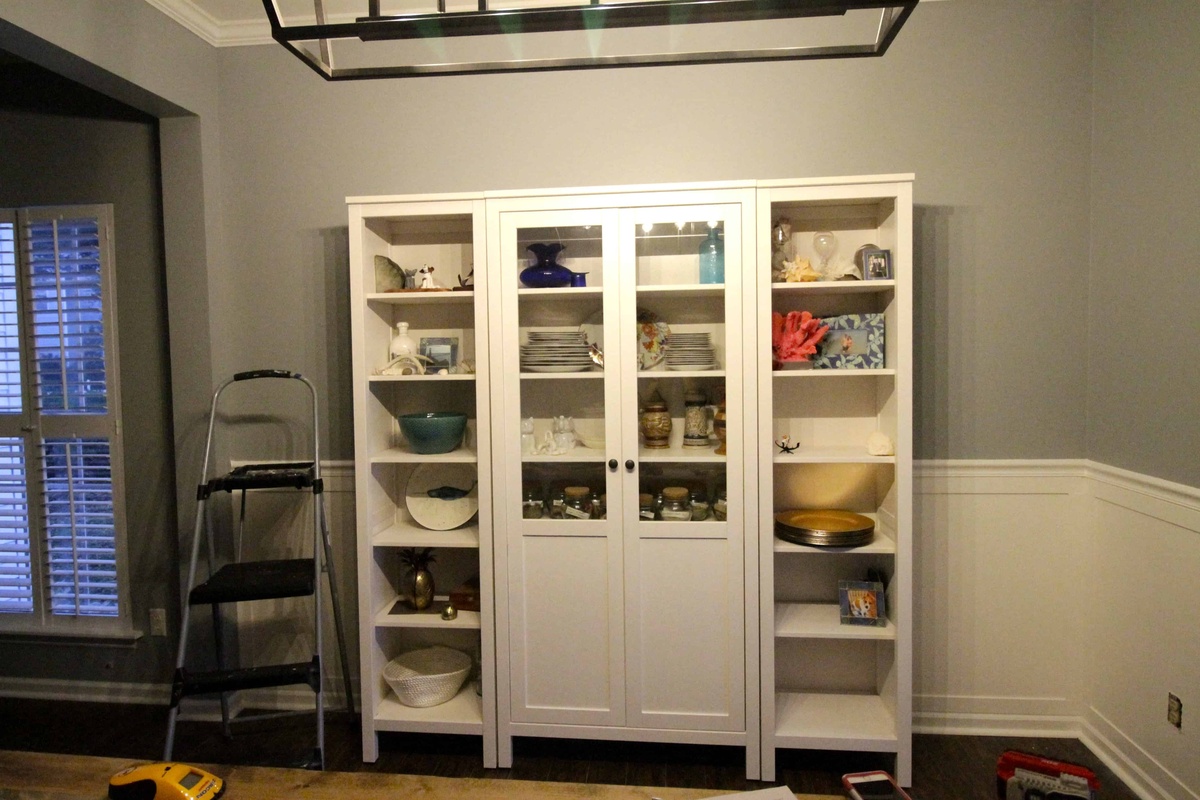
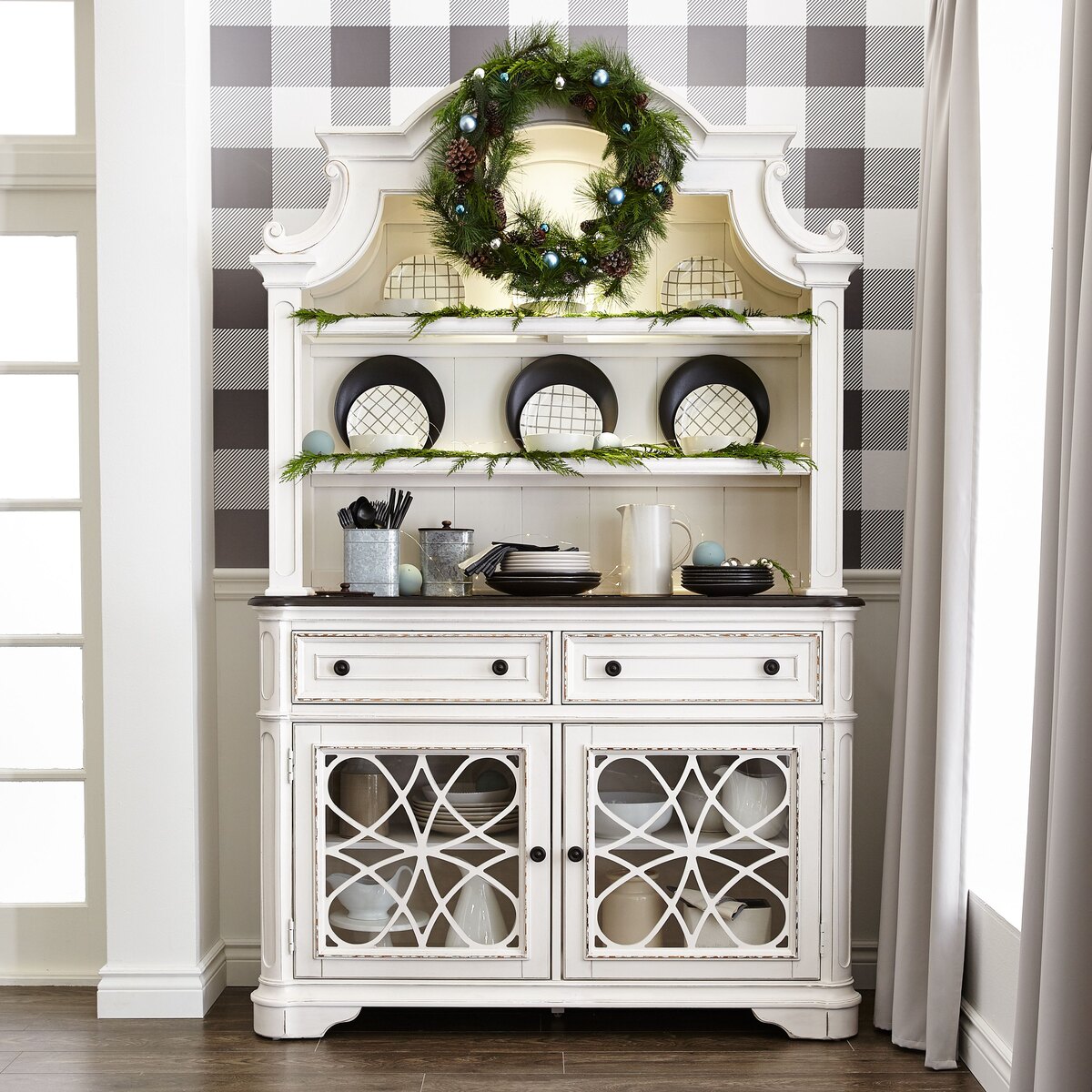
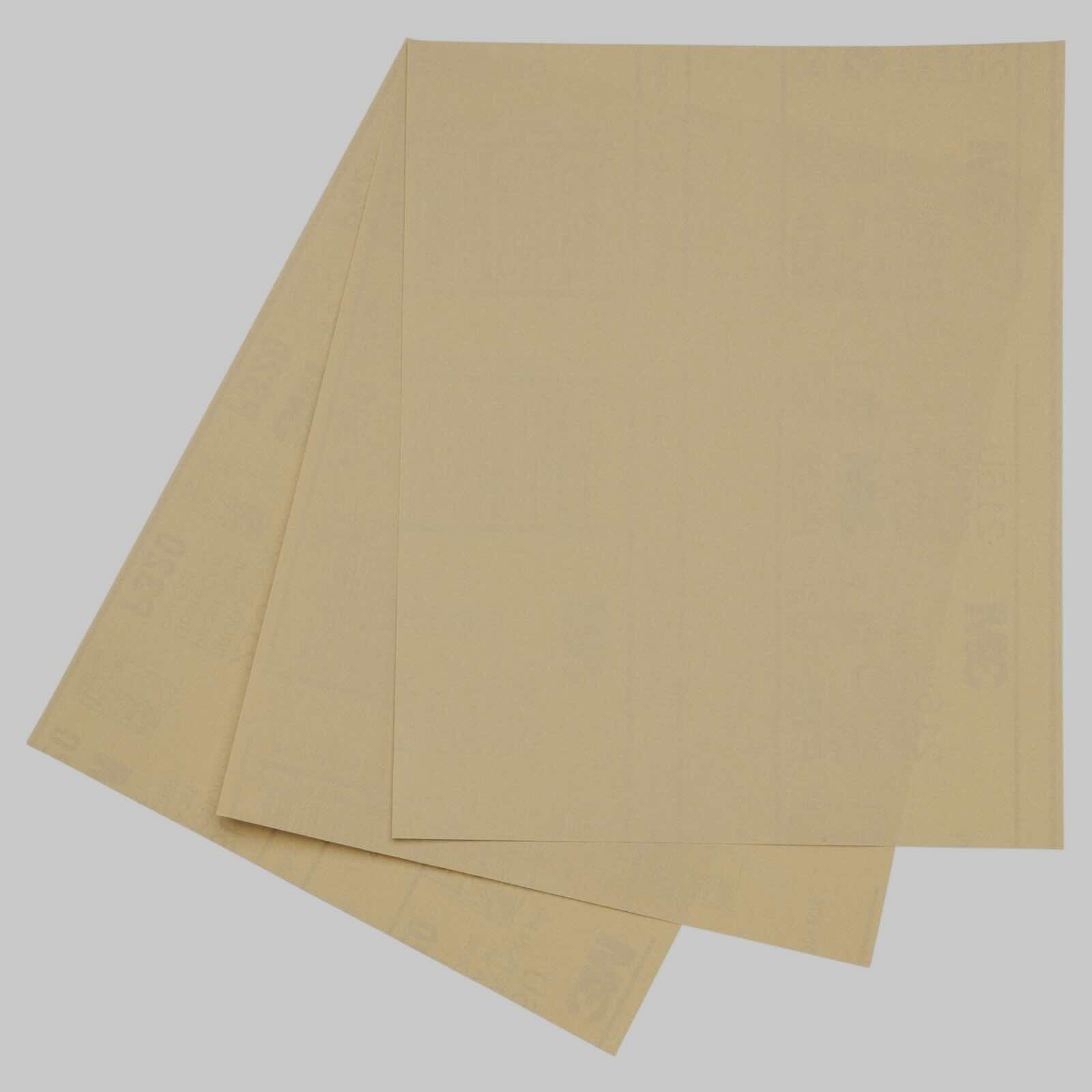
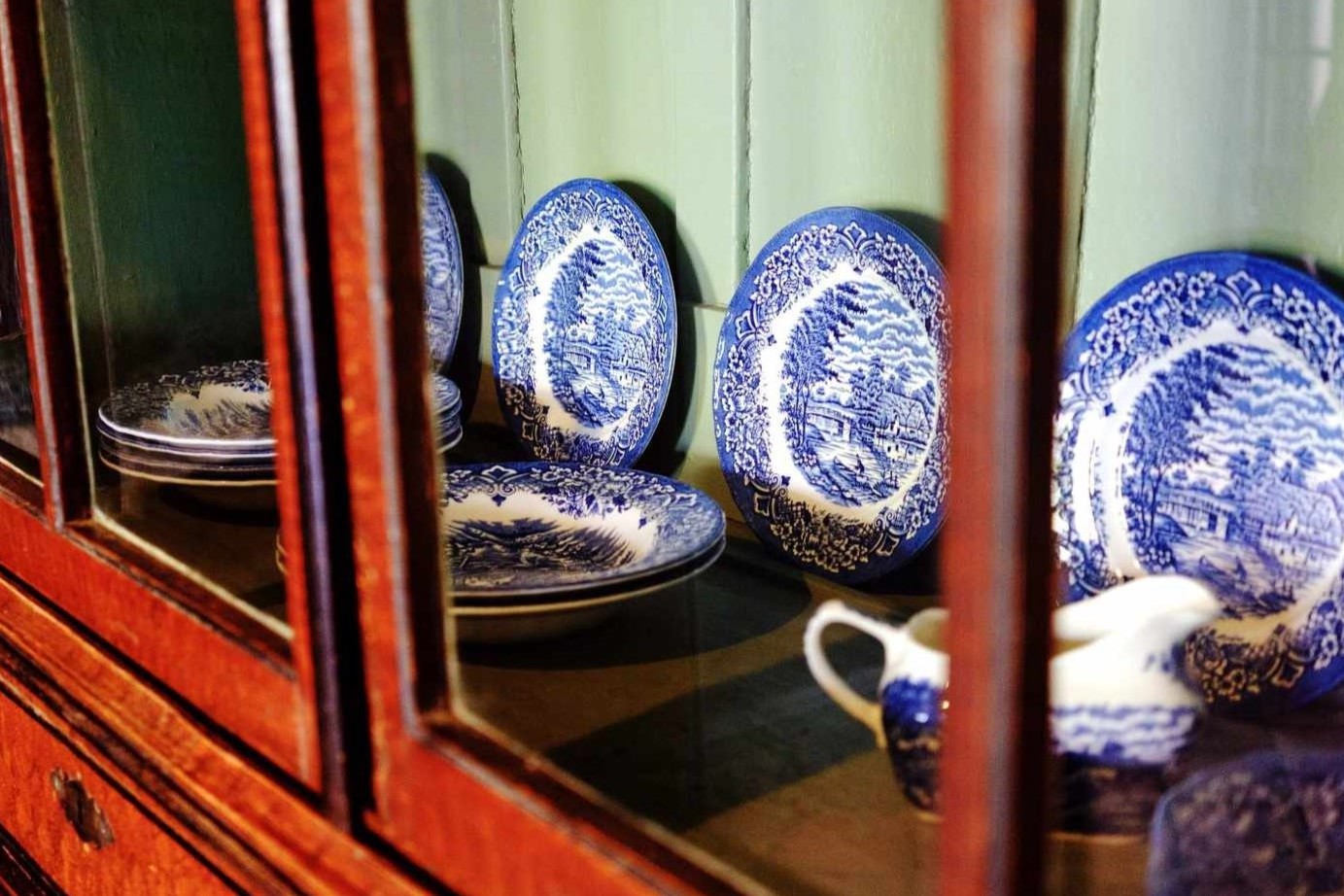
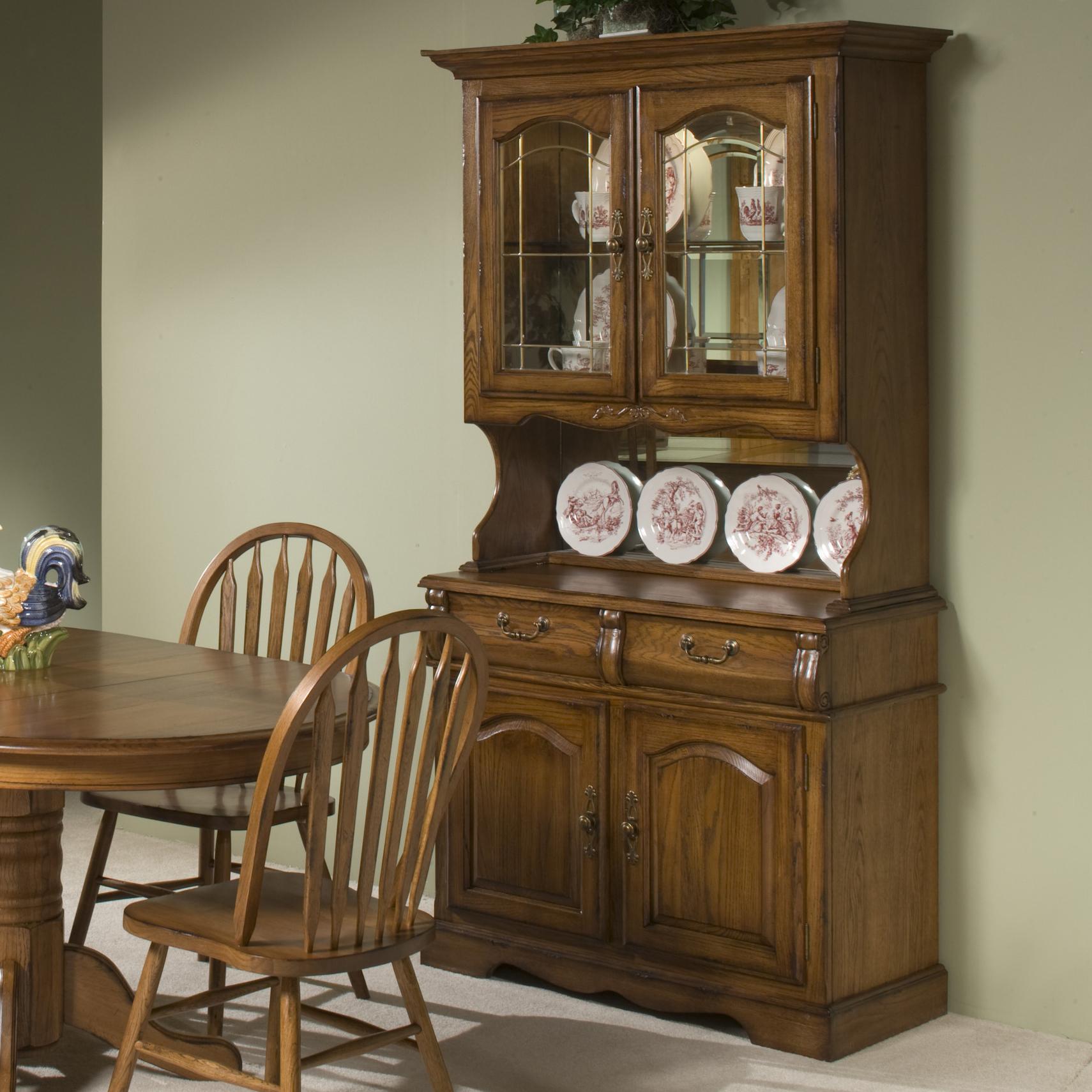
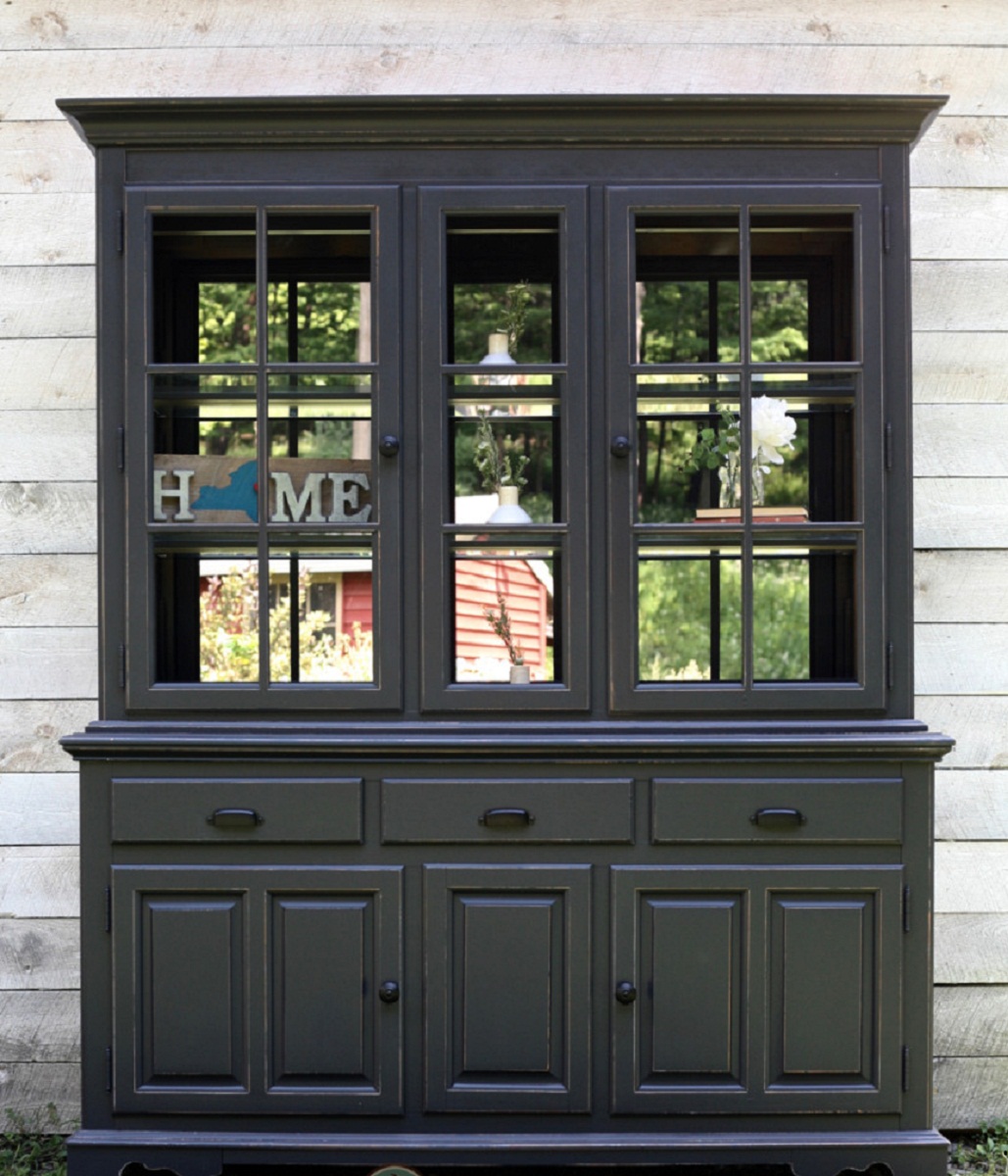
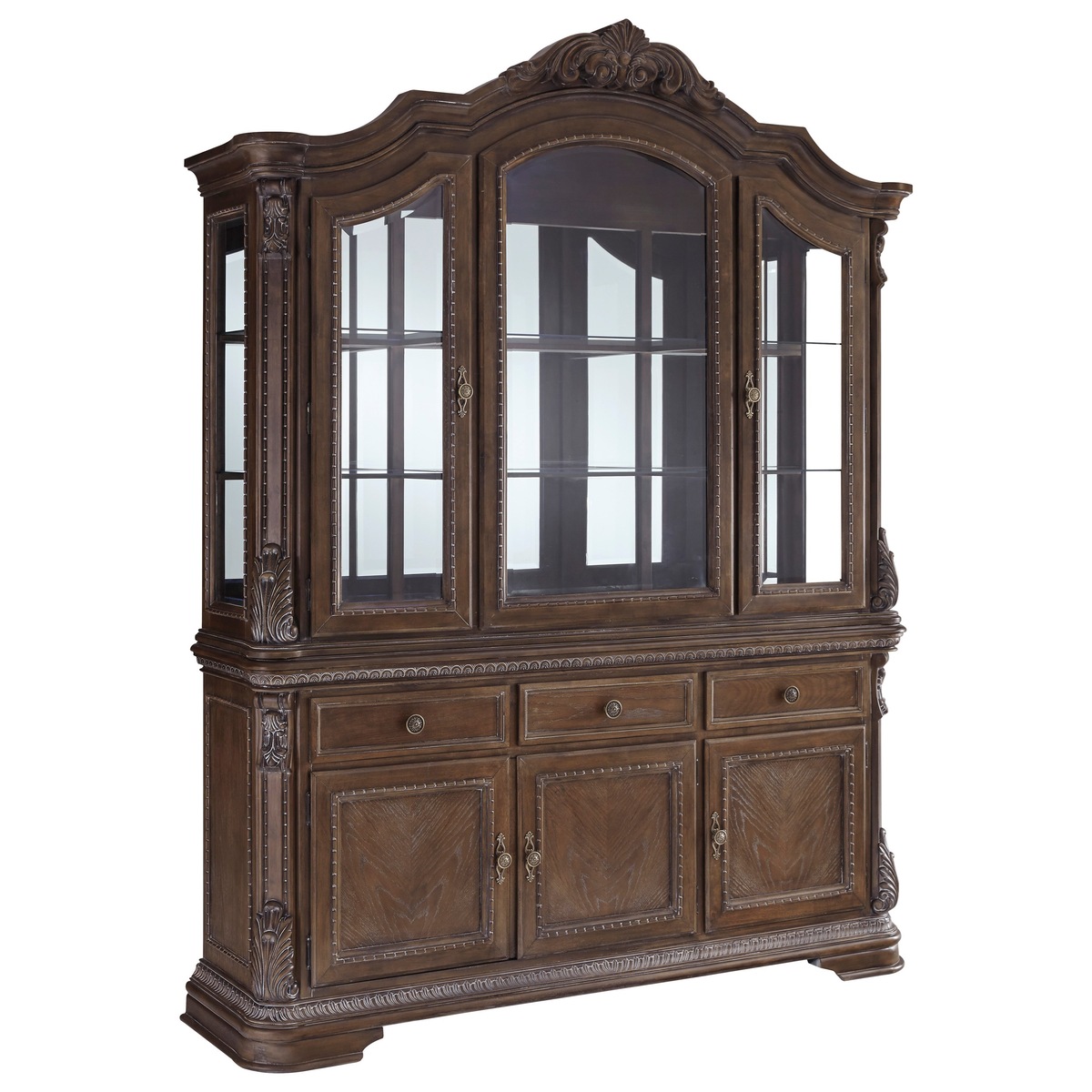
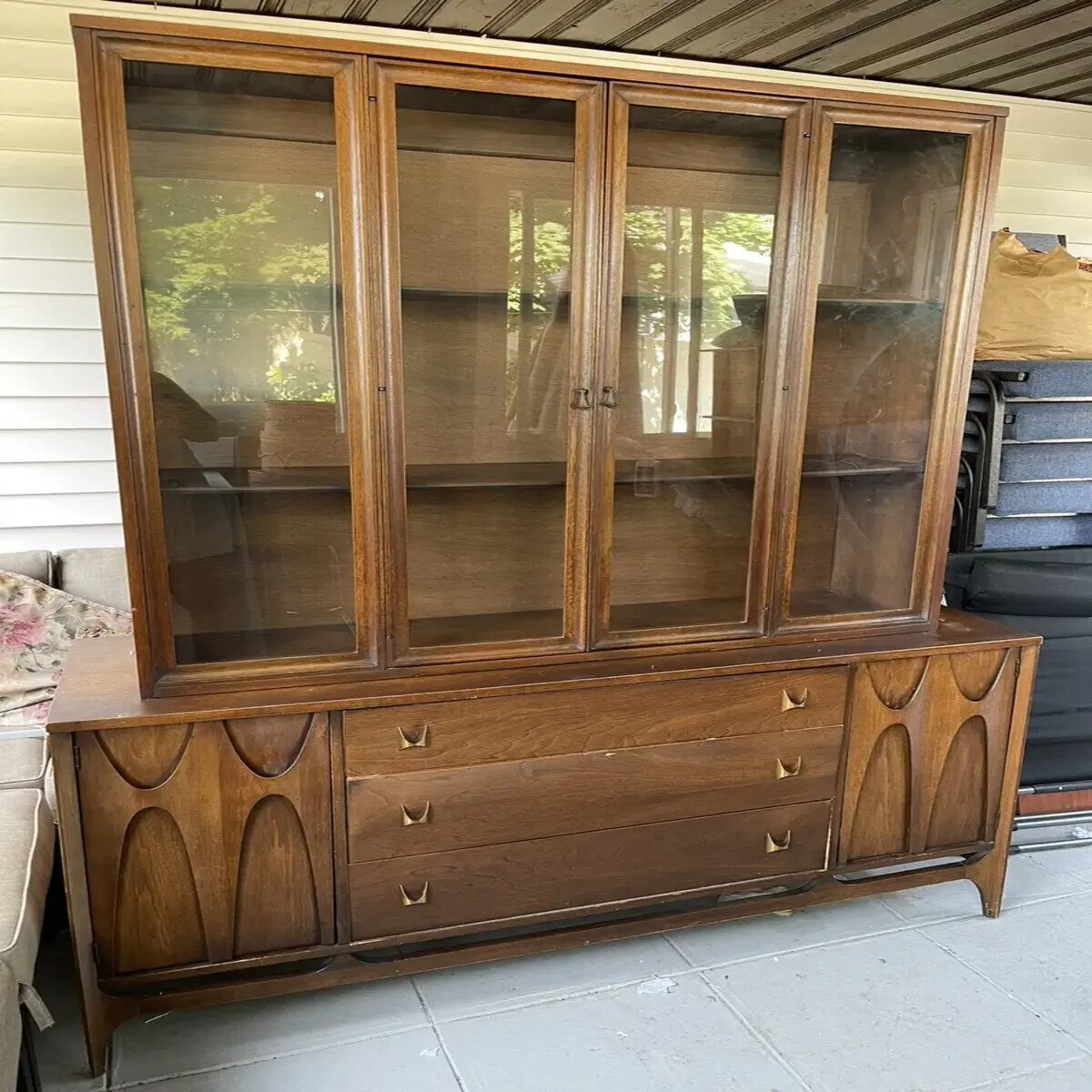
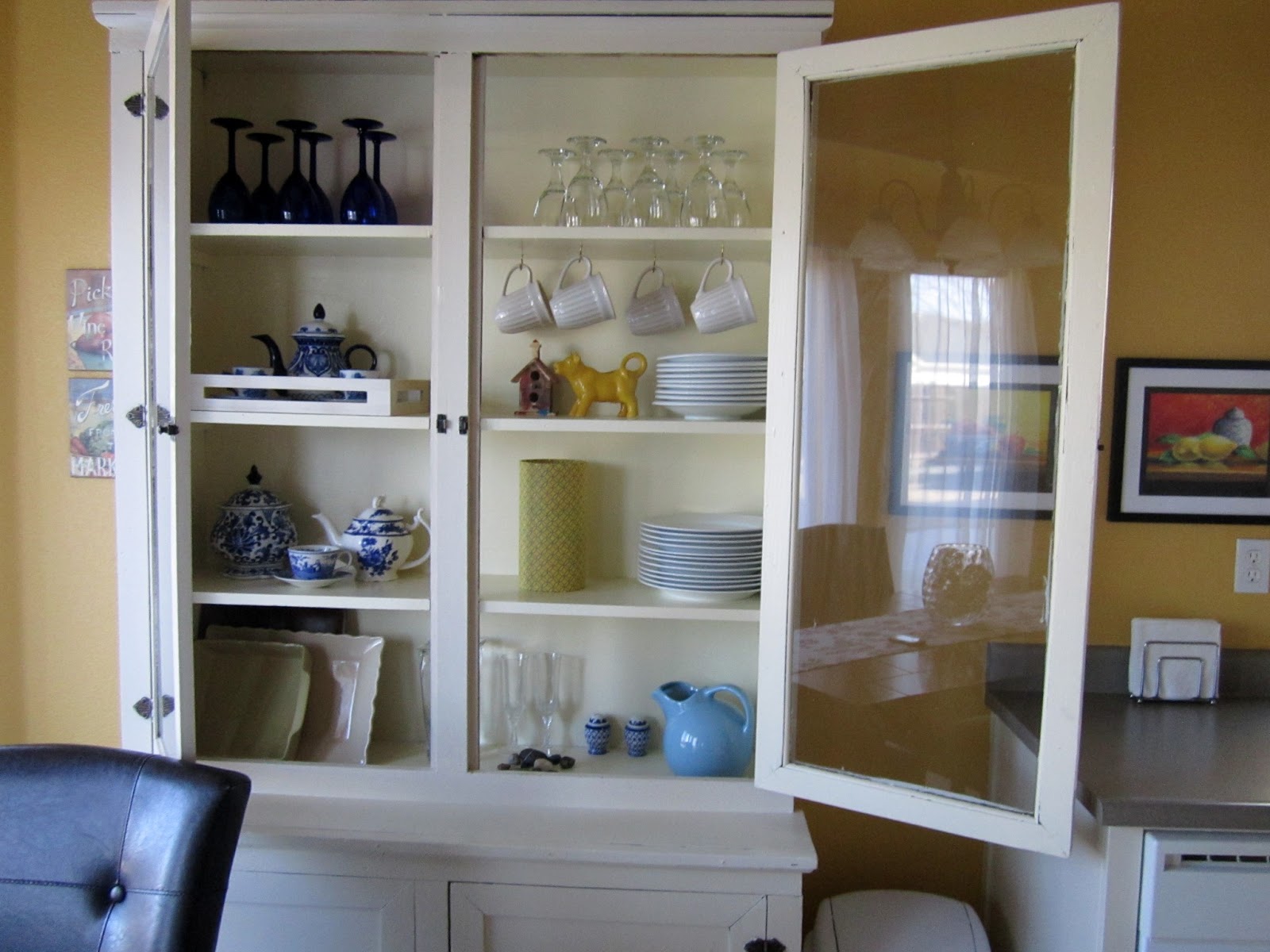

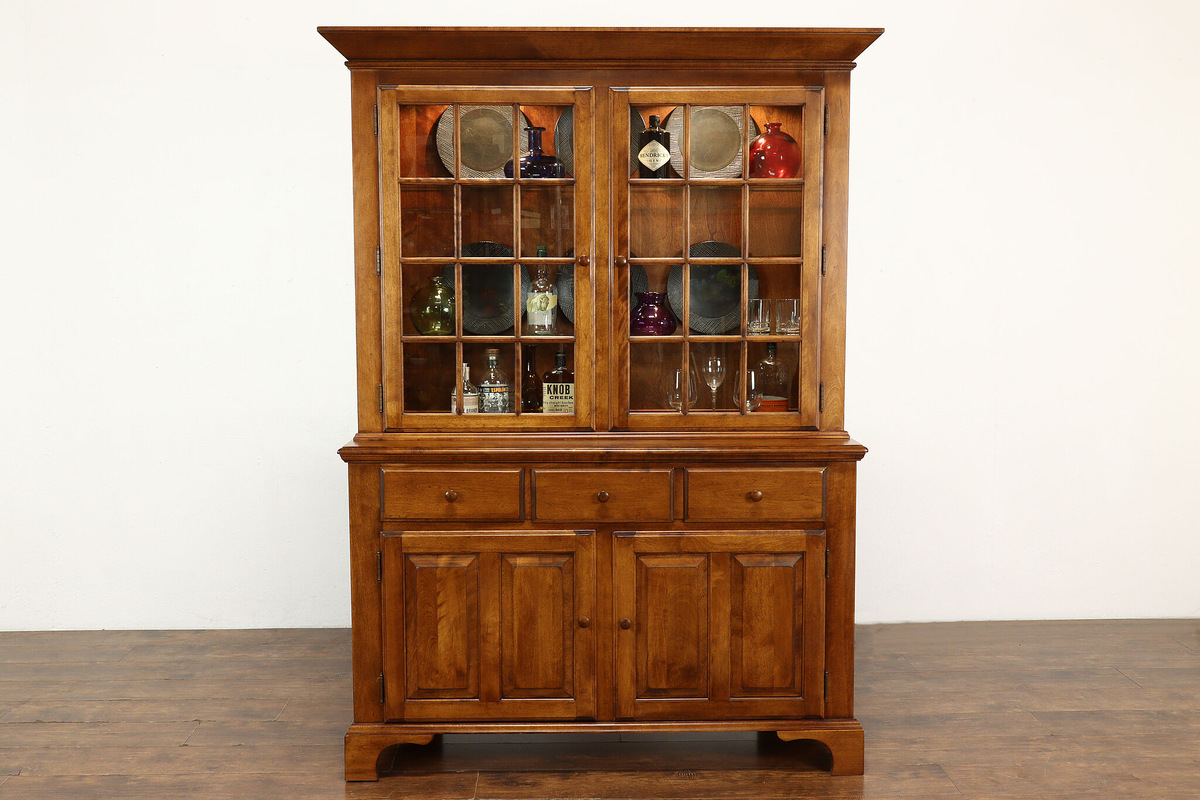
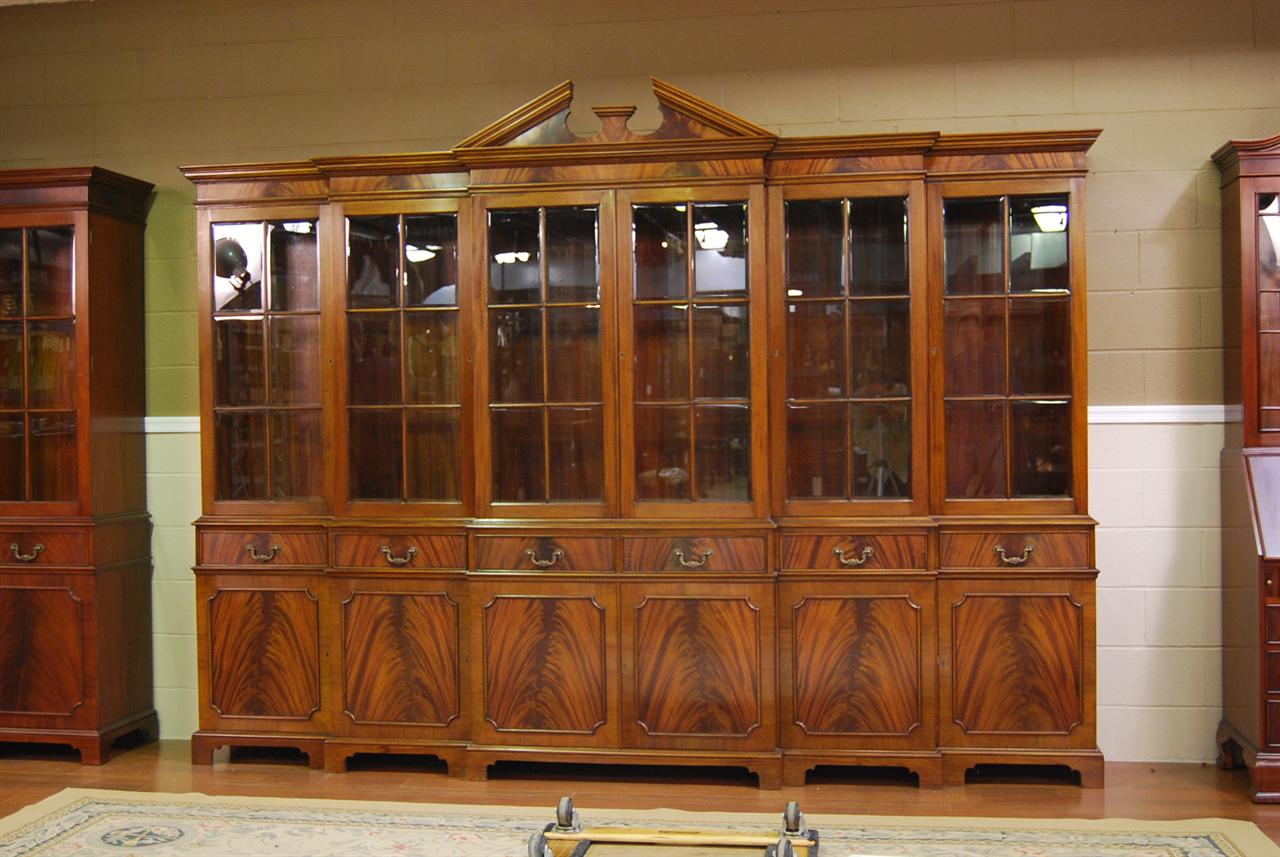

0 thoughts on “How To Store Fine China”